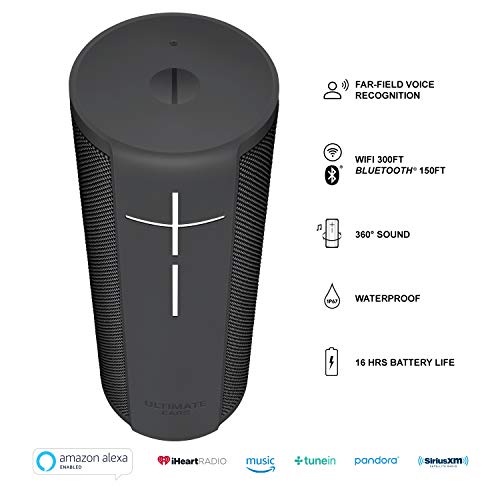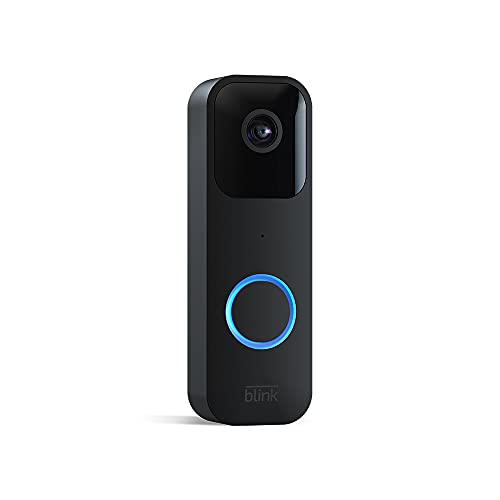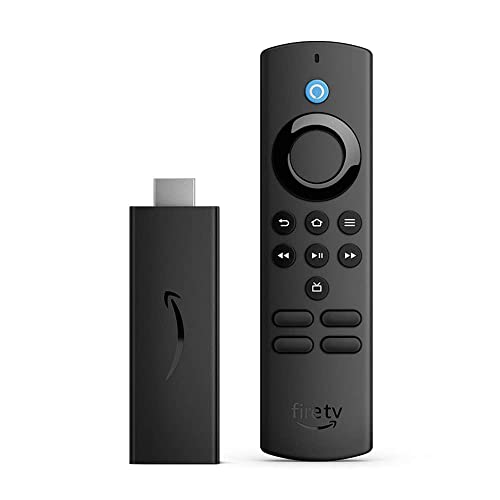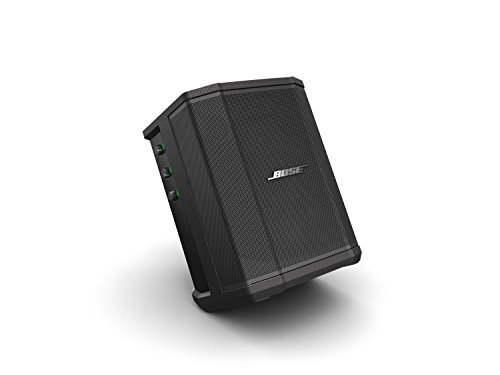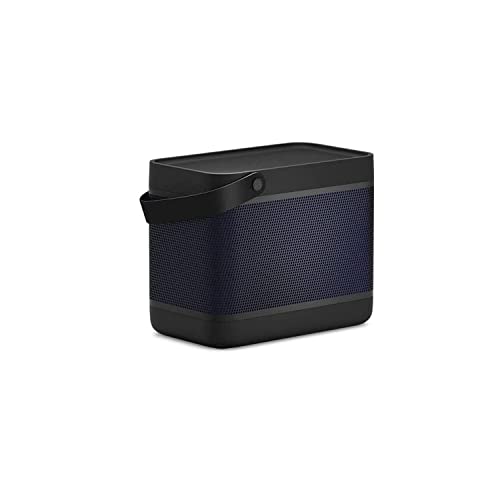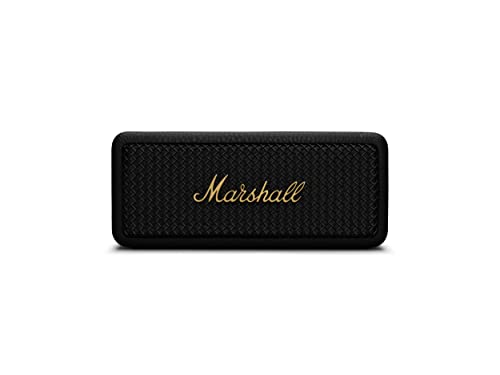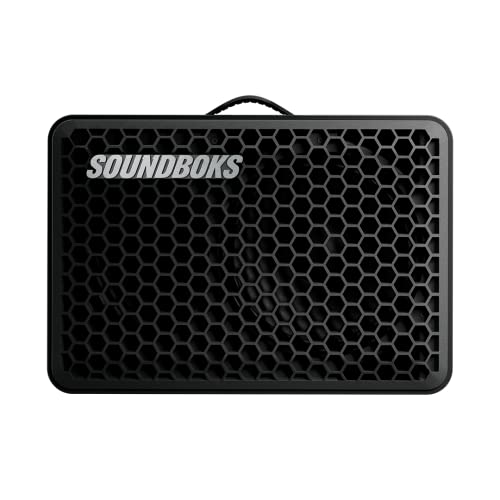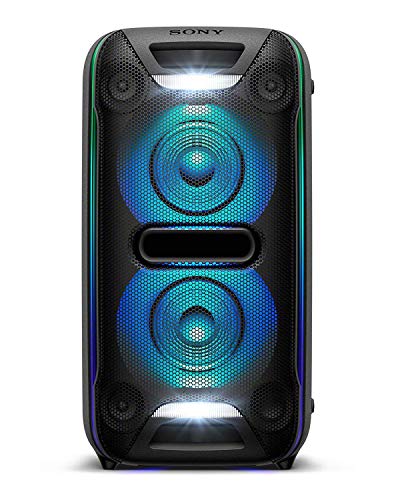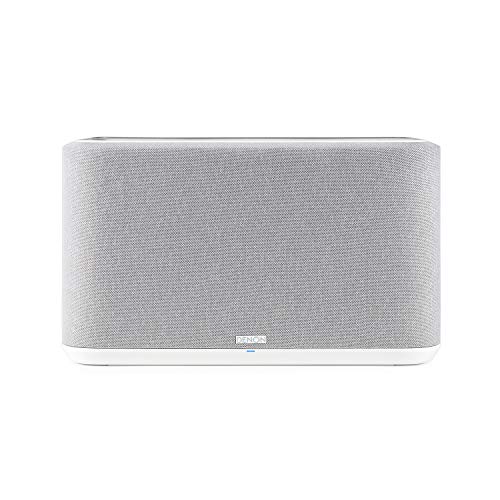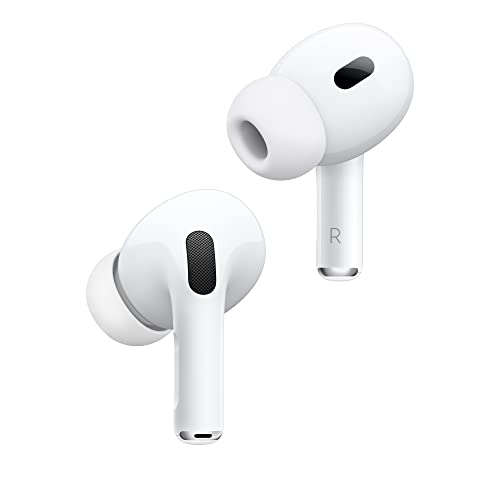Finding the best speakers for your home can revolutionize how you experience all forms of entertainment. But even the slightest connection mishap can ruin it. So, to make sure you have the best sound quality, we’re going to explain how to reduce white noise in speakers.
KEY TAKEAWAYS:
- Reducing white noise is typically a quick fix and significantly improves the listening experience.
- White noise is often caused by loose connections, broken or worn speaker wires, or speaker damage.
- Untangling speaker wires is another method that sometimes gets rid of unwanted additional sounds.
Insider Tip
Using a cable sleeve or other form of protection can save your wires from damage and reduce the chance of developing white noise.
And if you need tips on sound repair, we have a great article covering how to repair blown speakers.
Reducing White Noise in Speakers
White static noise is a hissing sound from your speakers when you’re not playing music or other audio. There are a handful of reasons for this, such as a loose connection or speaker wires, damaged speaker cones, and sound wave interference.
If you have a problem with one of your speakers’ cones, read up on how to recone a speaker.
But what else can you do to reduce white noise?
STEP 1 Examine Wires and Connections
- After plugging in your speaker, check each connection port and wiggle each wire.
- Listen for noise issues, and if you can hear any annoying sounds, white noise increases or decreases as you continue to jostle the wire.
- To check for noise issues as you jostle the wires around. As you do this, pay attention to see if you hear any annoying sounds. If you hear the white noise increase or decrease when you wiggle a wire, you likely have a bad connection.
- If you detect any loose or damaged connections, you’ll have to either tighten the port or replace the connector.
- Switch off the power to your speaker and examine each strand of wire. Check for any frays, cuts, or kinks. If you find one, purchase a new wire and replace it.
- More likely than not, the problem will be the end of a frayed wire. In this case, get a pair of wire strippers or cutters. Remove the end and connect it back to the speaker.
STEP 2 Examine Speakers for Damages
- If you have a speaker that isn’t enclosed in a box, check the cone for any tears. The cone is a paper diaphragm that, once broken, can cause anywhere from loud sounds to soft white noise.
- If your speaker is enclosed, take it apart and examine the cone.
- If the cone is damaged, you’ll either need to buy a self-repair kit or have a technician service your speaker.
STEP 3 Rearrange Speaker Wires to Prevent Interference
- If you’ve checked the wires and speakers for damages and found nothing, check if you have audio cable problems.
- If they are crossed or wrapped around each other, radio frequency interference can cause.
- Untangle and separate them, then check to see if the white noise is gone.
Warning
When testing and examining wires, ensure the power supply is unplugged to avoid injury.
F.A.Q.S
What is sound masking?
Like white noise, sound masking uses ambient noise to mask natural, environmental sounds, which can actually make a space feel quieter.
Is white noise a proven sleep aid?
While white noise doesn’t guarantee better sleep, doctors say eliminating noise pollution and annoying sounds is a great way to achieve a healthier sleep cycle.
Is the background hissing from white noise harmful to your ears?
While it can be irritating, studies have shown that white noise doesn’t negatively affect the ears.
STAT: The difference between white, pink, and brown noise is the intensity of their frequencies. White noise has the highest, followed by pink noise, then brown noise. (source)
REFERENCES:
- https://blog.teufelaudio.com/tips-on-how-to-stop-loudspeaker-interference-humming-or-hissing/
- https://support.presonus.com/hc/en-us/articles/210043493-Monitoring-Hardware-Hearing-noise-in-my-studio-monitors-
- https://www.sony.com/electronics/support/articles/00024757r
- https://mynewmicrophone.com/what-causes-speakers-hum-hiss-how-to-eliminate-them-both/
- https://recordsoundpro.com/how-to-fix-static-noise-out-of-your-speakers/

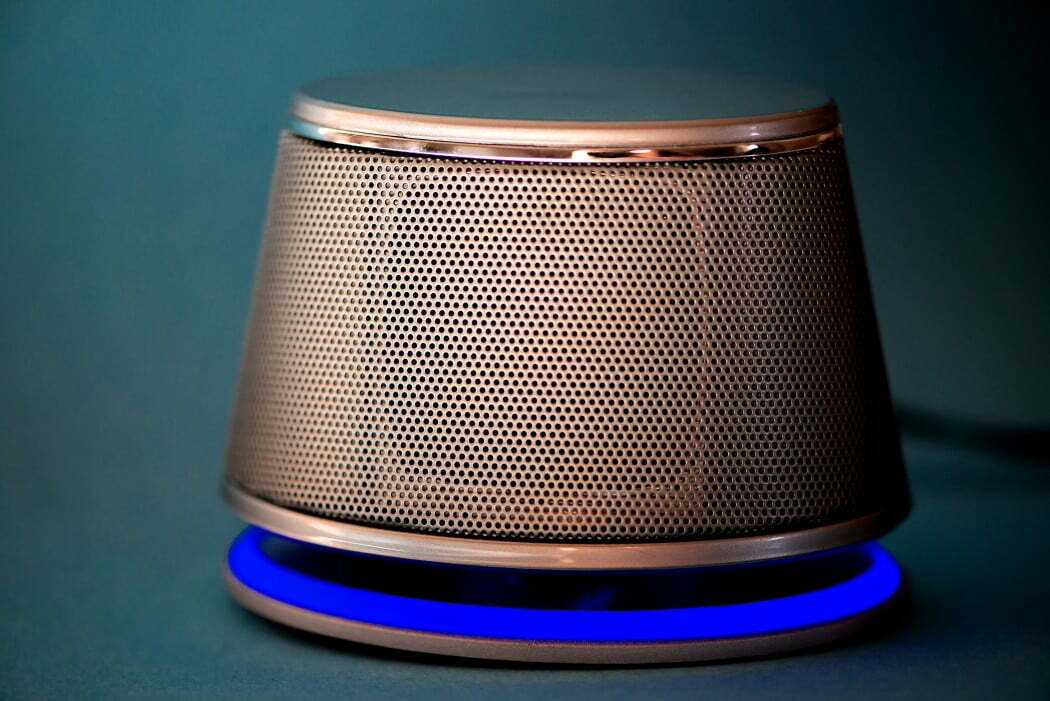













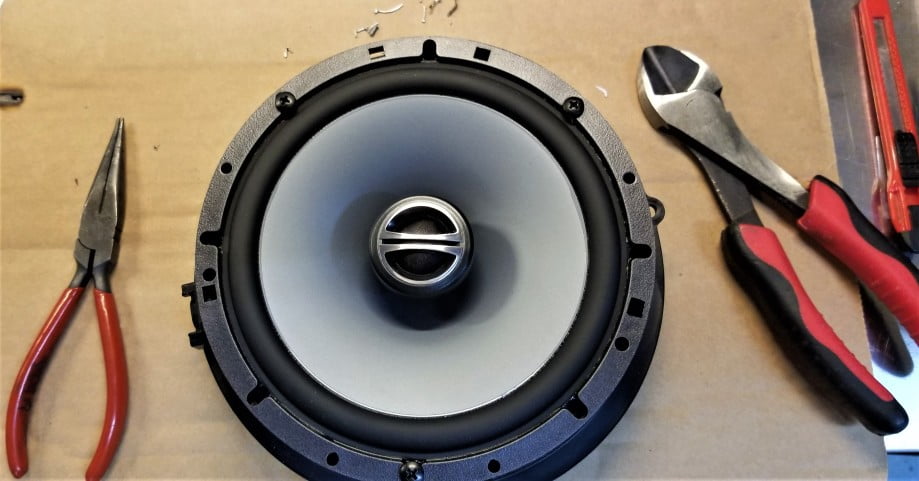
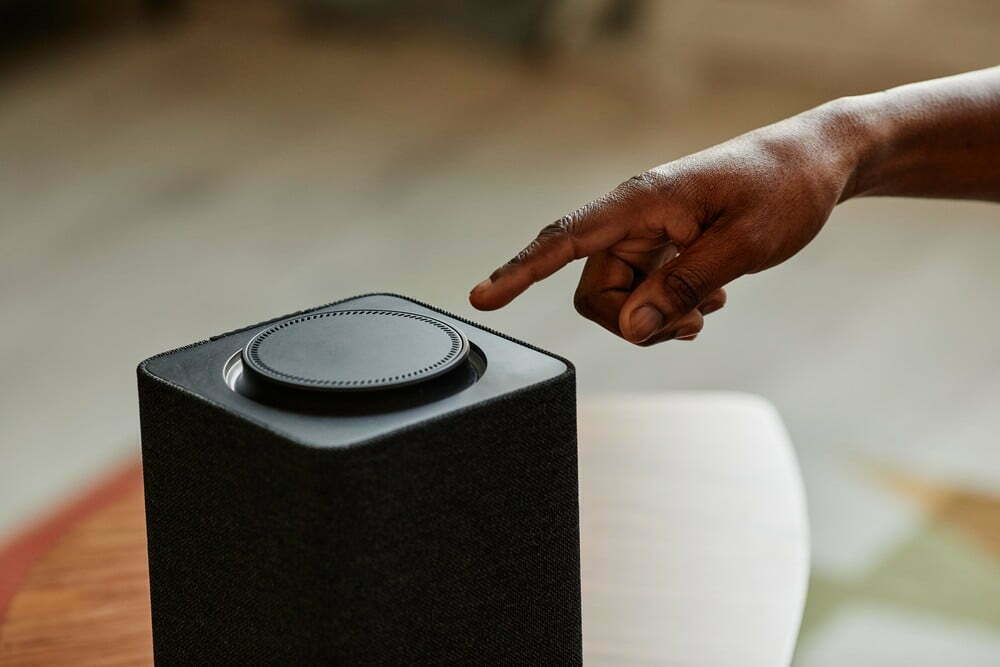
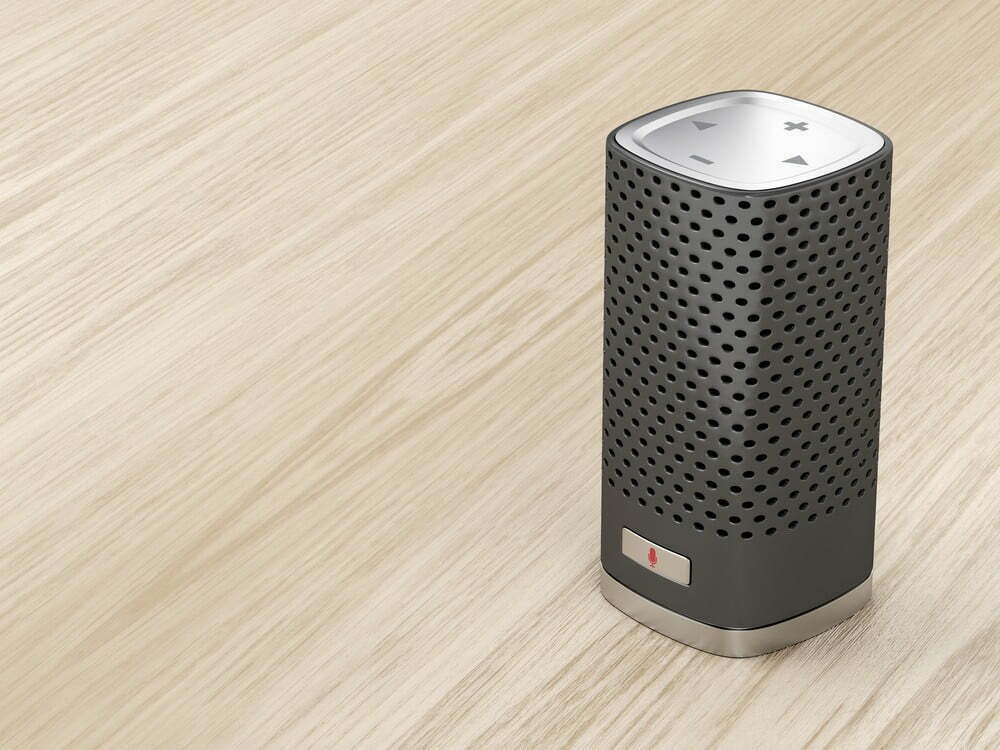
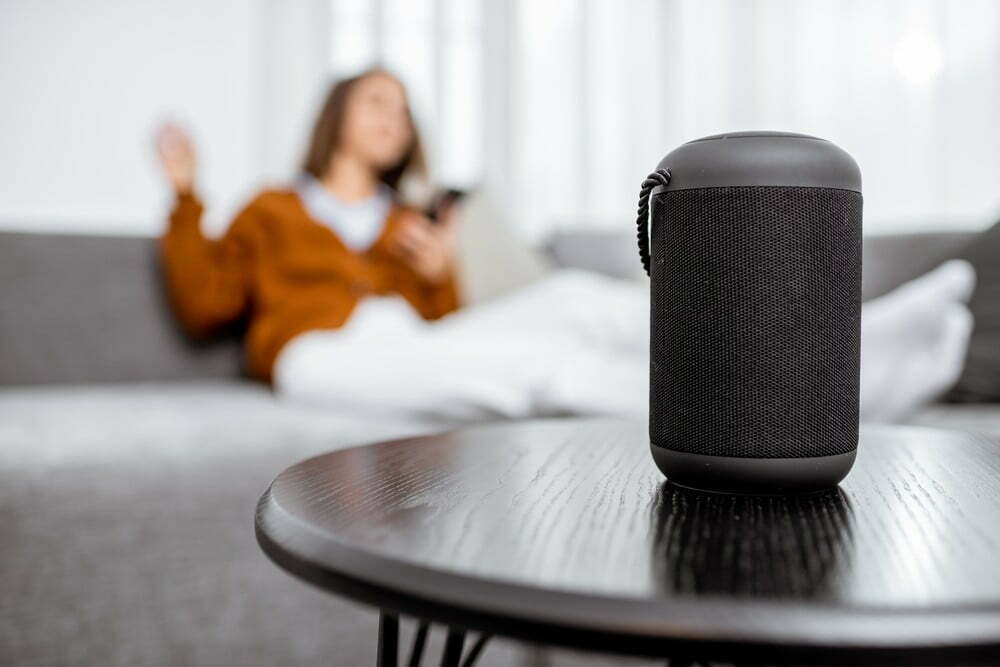

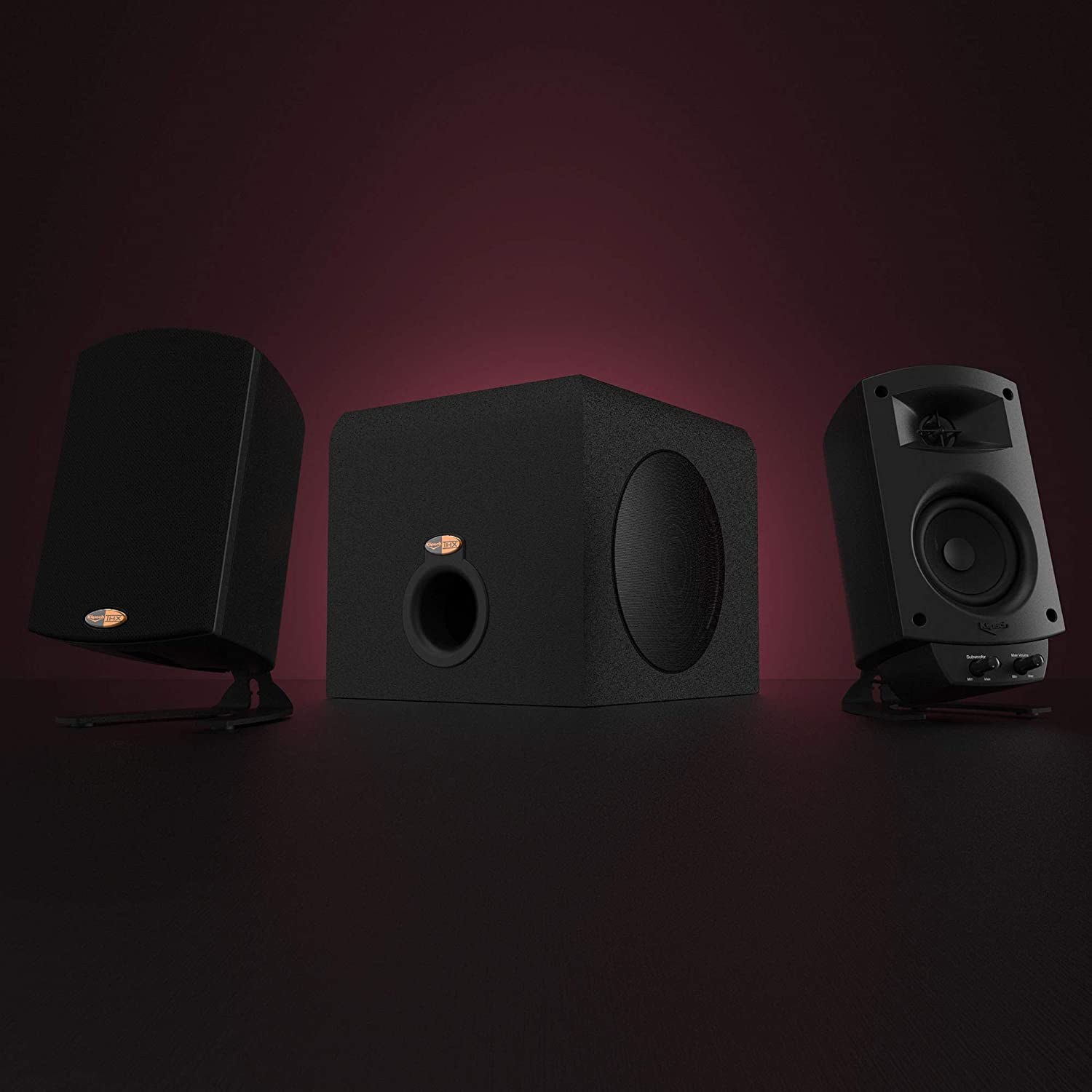
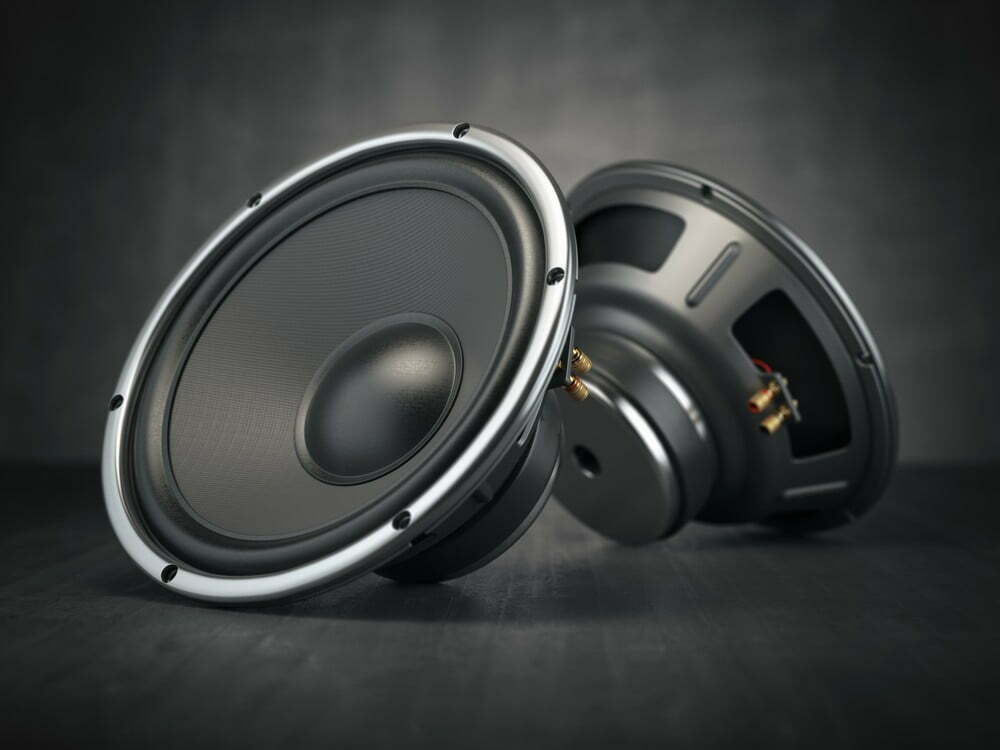
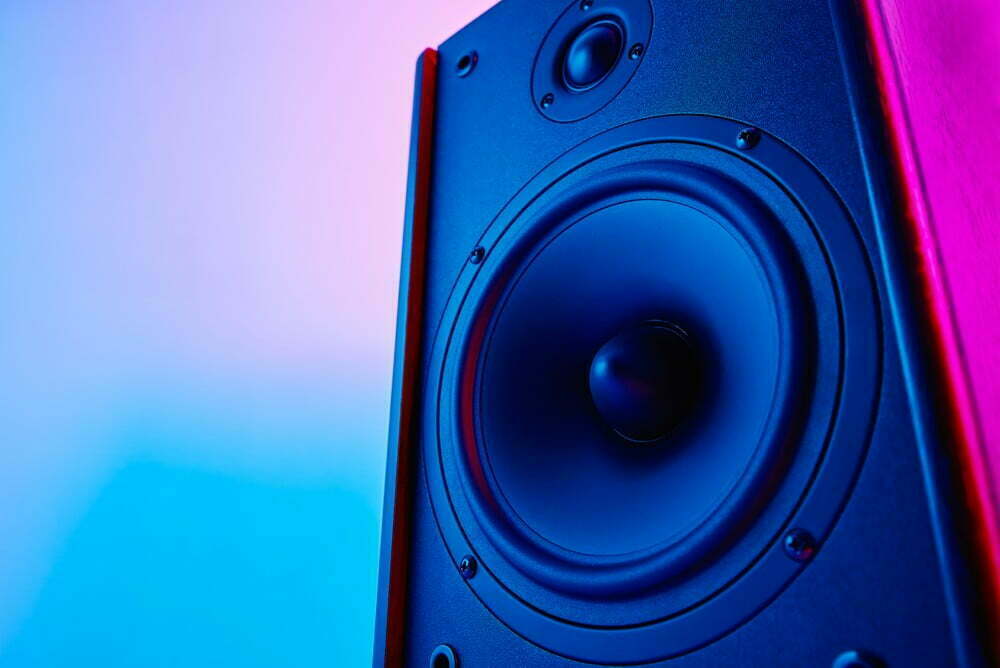
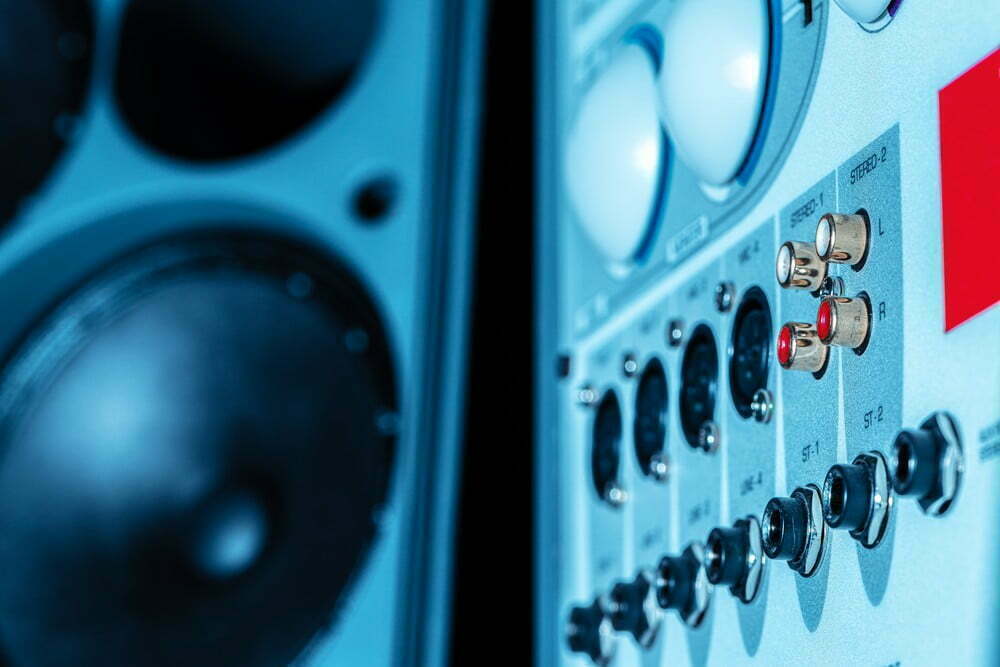

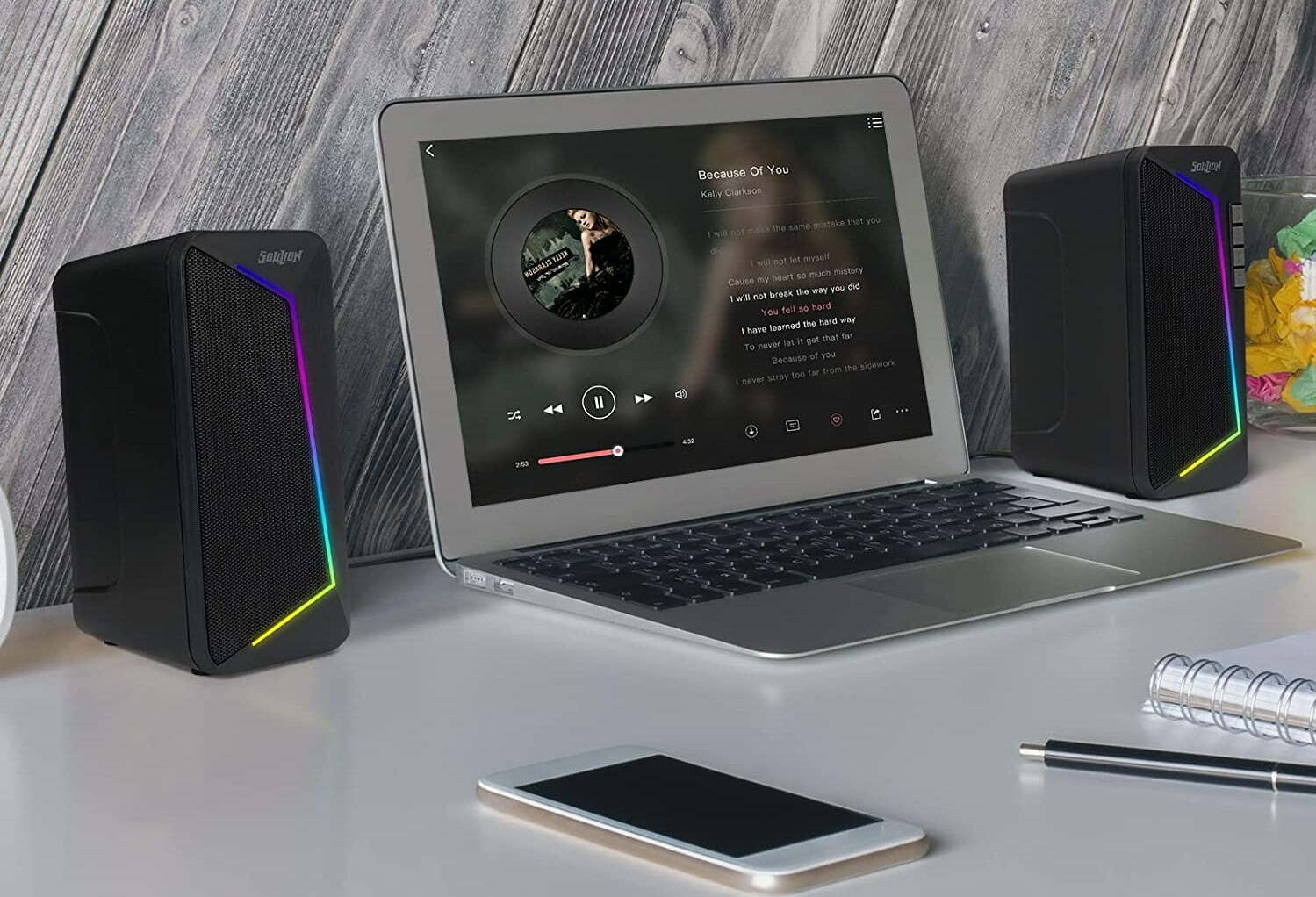
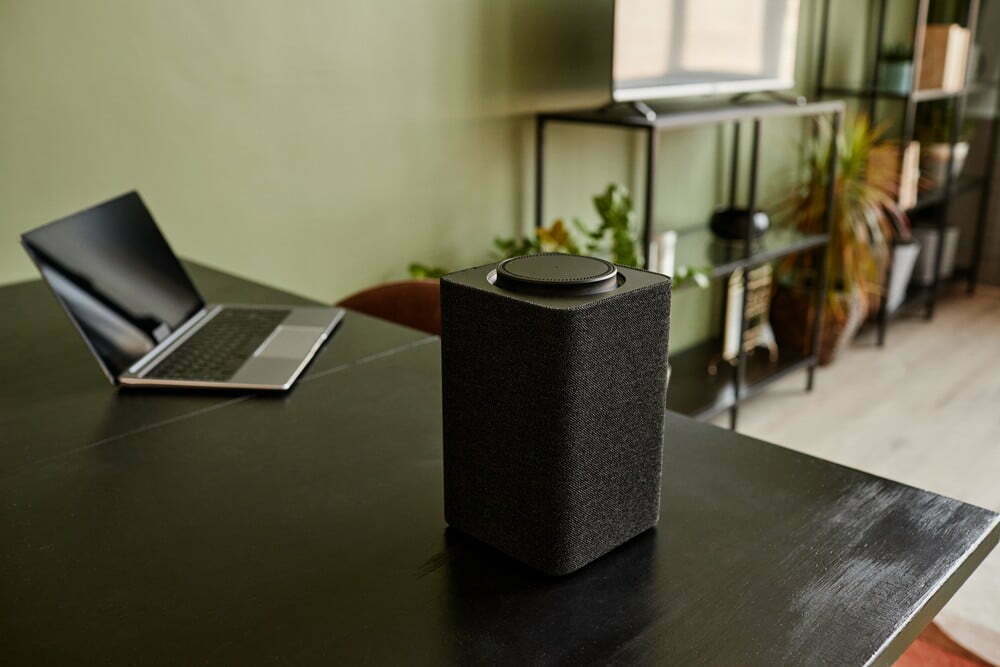

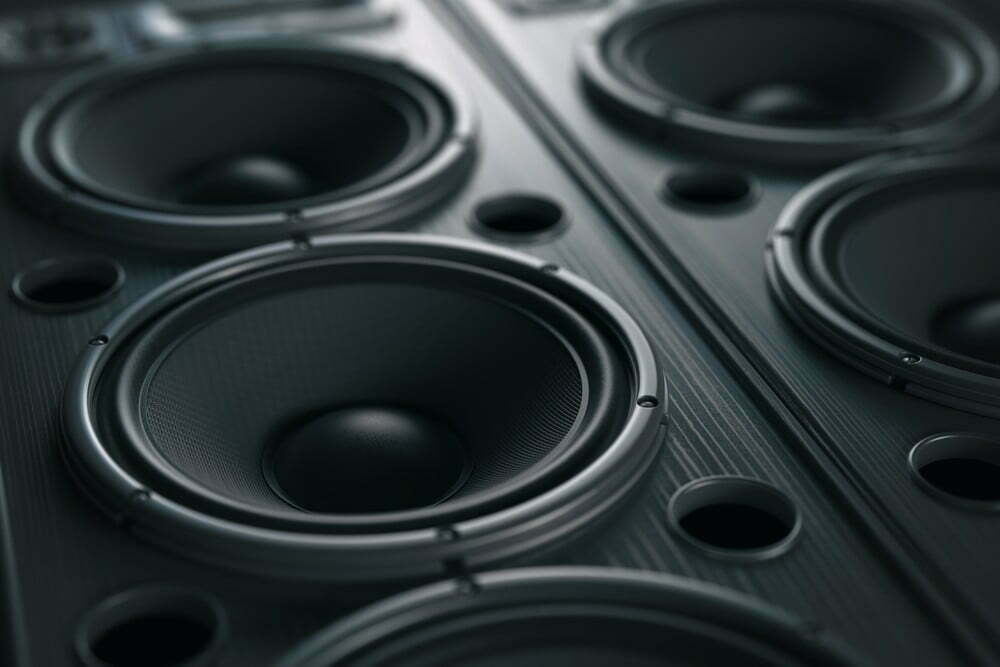
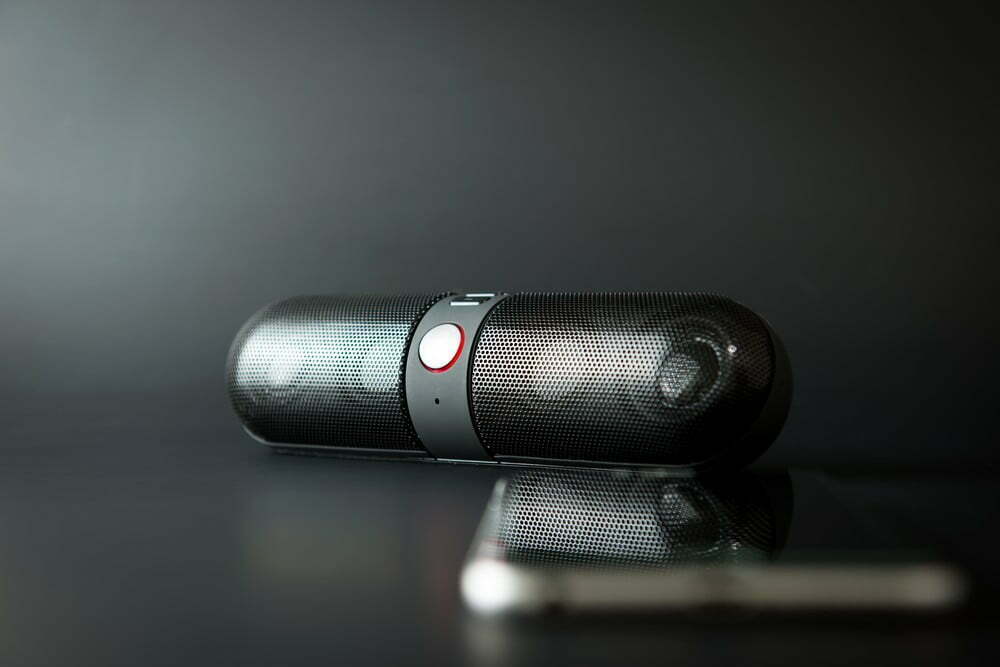
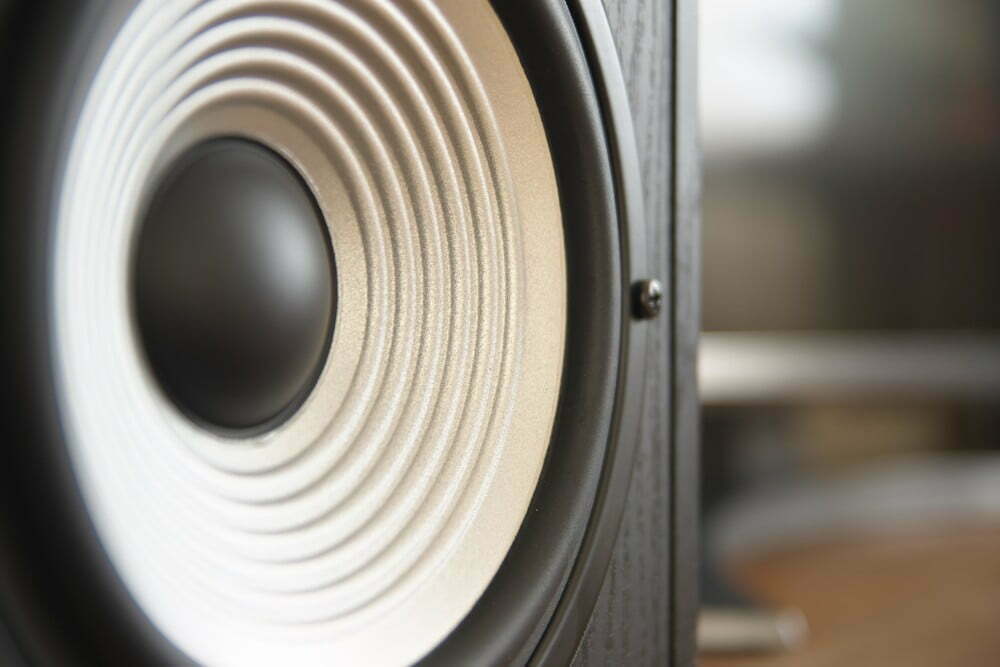
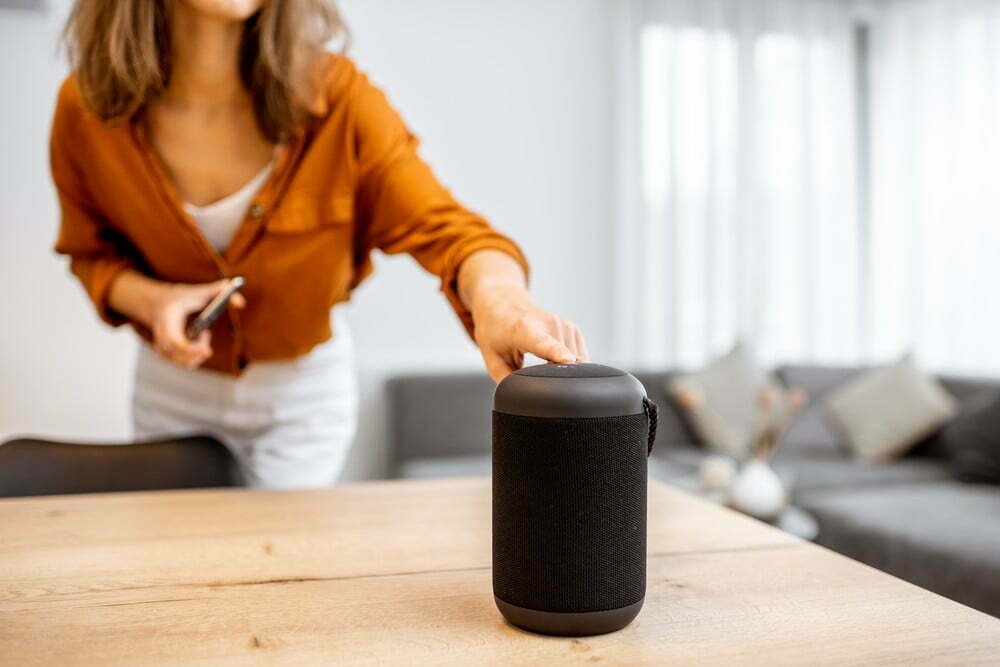
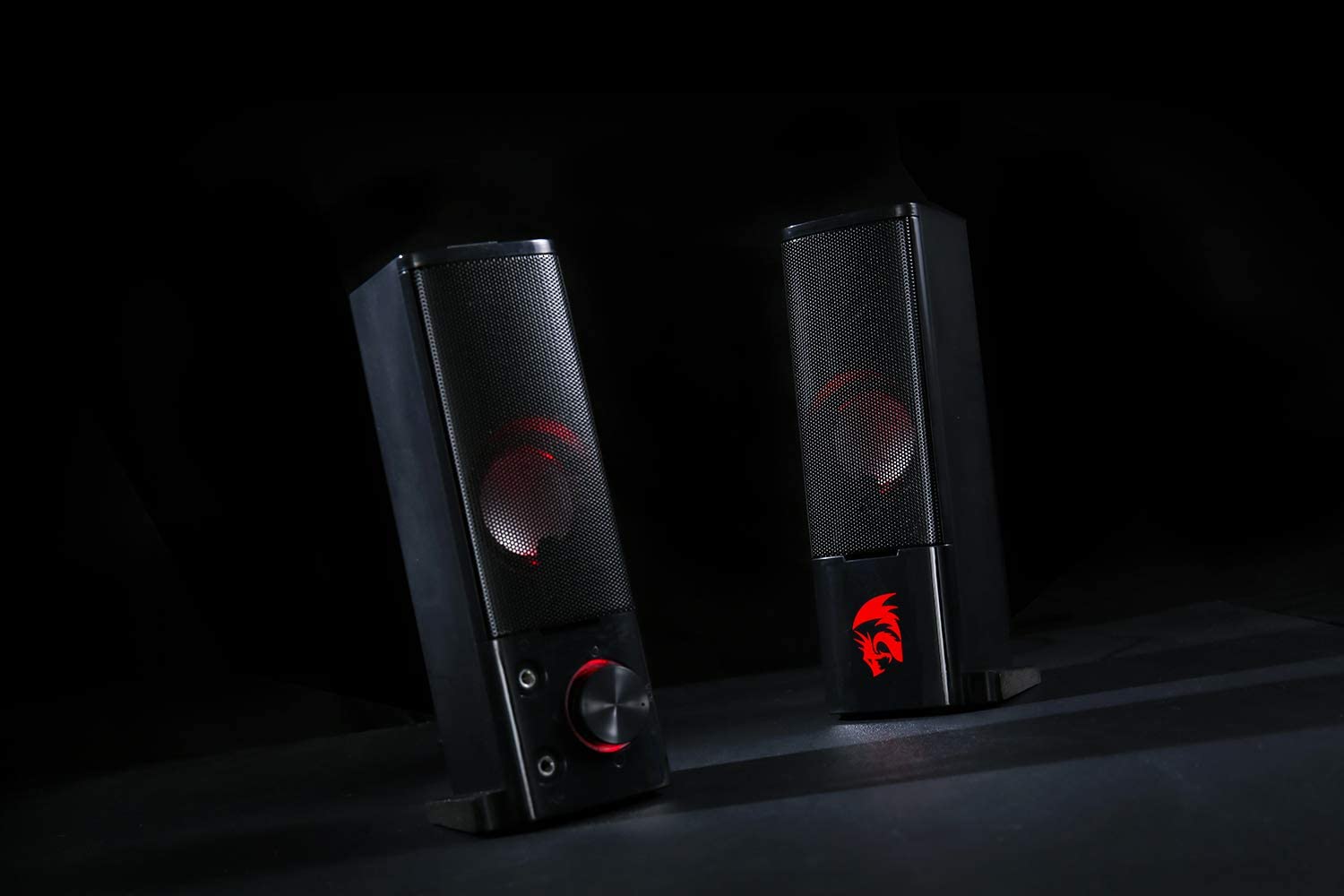
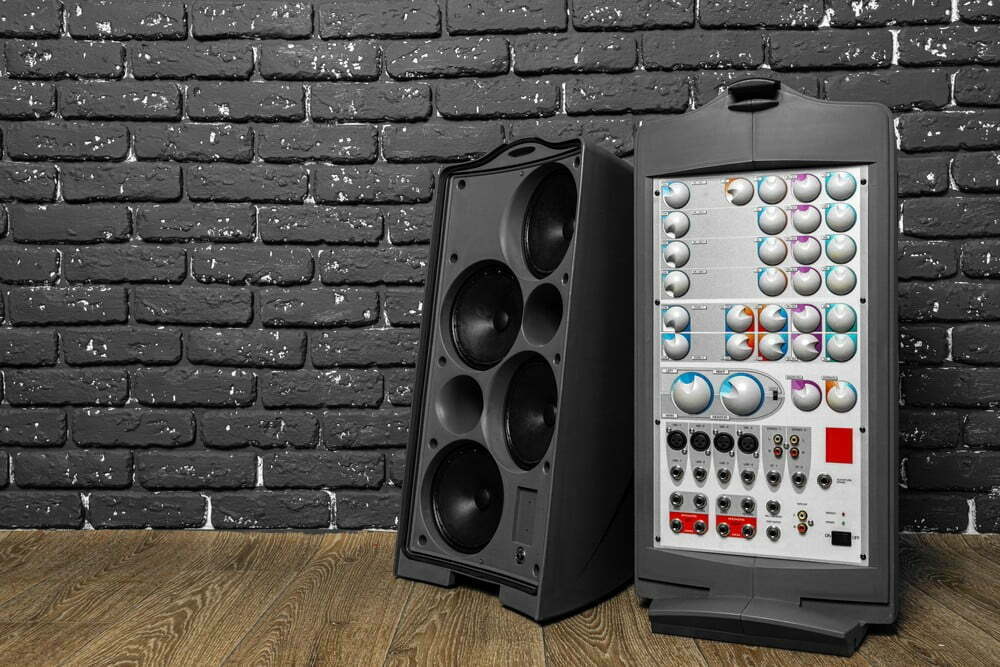
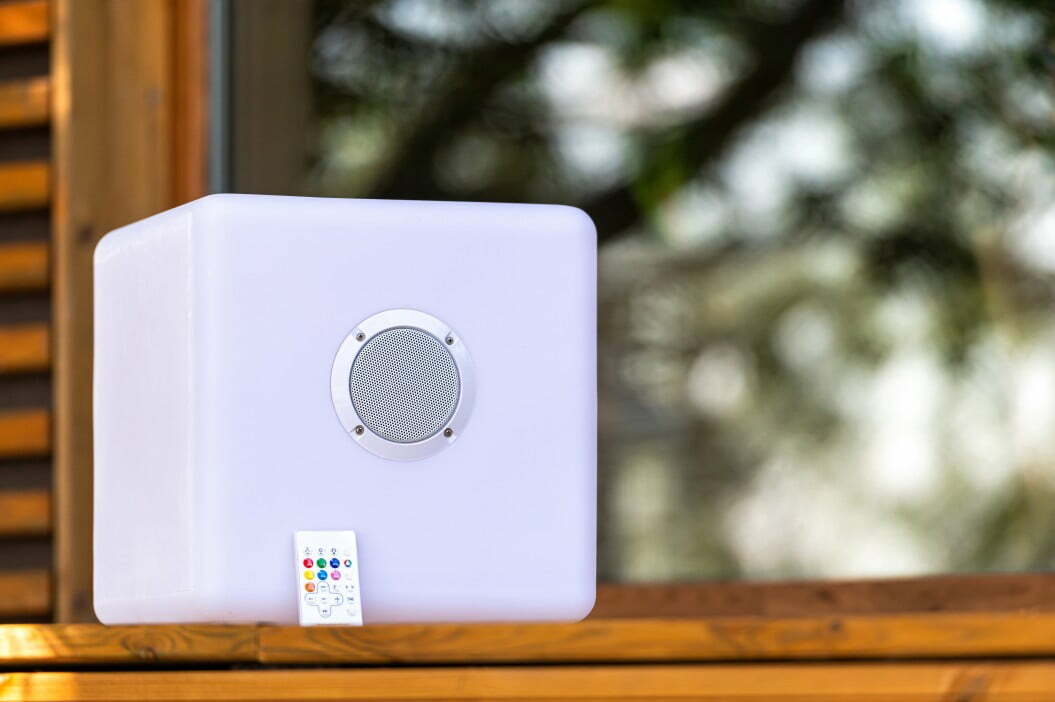
![Best Powered Speakers in [year] 27 Best Powered Speakers in 2026](https://www.gadgetreview.dev/wp-content/uploads/best-powered-speakers-image.jpg)
![Best Stereo Speakers in [year] 28 Best Stereo Speakers in 2026](https://www.gadgetreview.dev/wp-content/uploads/best-stereo-speakers-image.jpg)
![Best SoundBar in [year] ([month] Reviews) 29 Best SoundBar in 2026 (January Reviews)](https://www.gadgetreview.dev/wp-content/uploads/best-soundbar-image.jpg)
![Best Subwoofers in [year] ([month] Reviews) 30 Best Subwoofers in 2026 (January Reviews)](https://www.gadgetreview.dev/wp-content/uploads/best-subwoofer-image.jpg)
![Best TableTop Radio in [year] ([month] Reviews) 31 Best TableTop Radio in 2026 (January Reviews)](https://www.gadgetreview.dev/wp-content/uploads/best-tabletop-radios-image.jpg)
![Best 8 Inch Subwoofers in [year] 32 Best 8 Inch Subwoofers in 2026](https://www.gadgetreview.dev/wp-content/uploads/best-8-inch-subwoofer-image.jpg)
![Best Surround Sound Systems in [year] 33 Best Surround Sound Systems in 2026](https://www.gadgetreview.dev/wp-content/uploads/best-surround-sound-system-image.jpg)
![Best Laptop Speakers in [year] 34 Best Laptop Speakers in 2026](https://www.gadgetreview.dev/wp-content/uploads/best-laptop-speakers-image.jpg)
![Best Wireless Surround Sound Speakers in [year] 35 Best Wireless Surround Sound Speakers in 2026](https://www.gadgetreview.dev/wp-content/uploads/best-wireless-surround-sound-image.jpg)
![Best Bose Speakers in [year] 36 Best Bose Speakers in 2026](https://www.gadgetreview.dev/wp-content/uploads/best-bose-speakers-image.jpg)
![Best Home Stereo Systems in [year] 37 Best Home Stereo Systems in 2026](https://www.gadgetreview.dev/wp-content/uploads/best-home-stereo-system-image.jpg)
![Best WiFi Speakers in [year] 38 Best WiFi Speakers in 2026](https://www.gadgetreview.dev/wp-content/uploads/best-wifi-speakers-image.jpg)
![Best Wireless Home Theater Systems in [year] 39 Best Wireless Home Theater Systems in 2026](https://www.gadgetreview.dev/wp-content/uploads/best-wireless-home-theater-system-image.jpg)
![Best Party Speakers in [year] 40 Best Party Speakers in 2026](https://www.gadgetreview.dev/wp-content/uploads/best-party-speakers-image.jpg)
![Loudest Bluetooth Speakers in [year] 41 Loudest Bluetooth Speakers in 2026](https://www.gadgetreview.dev/wp-content/uploads/loudest-bluetooth-speaker-image.jpg)
![Best Car Speakers for Bass in [year] 42 Best Car Speakers for Bass in 2026](https://www.gadgetreview.dev/wp-content/uploads/best-car-speakers-for-bass-image.jpg)
![Best Marine Speakers in [year] 43 Best Marine Speakers in 2026](https://www.gadgetreview.dev/wp-content/uploads/best-marine-speakers-image.jpg)
![Best JBL Speakers in [year] 44 Best JBL Speakers in 2026](https://www.gadgetreview.dev/wp-content/uploads/best-jbl-speakers-image.jpg)
![Best Home Theater Speakers in [year] 45 Best Home Theater Speakers in 2026](https://www.gadgetreview.dev/wp-content/uploads/best-home-theater-speakers-image.jpg)
![Best Waterproof Speakers in [year] 46 Best Waterproof Speakers in 2026](https://www.gadgetreview.dev/wp-content/uploads/best-waterproof-speaker-image.jpg)





